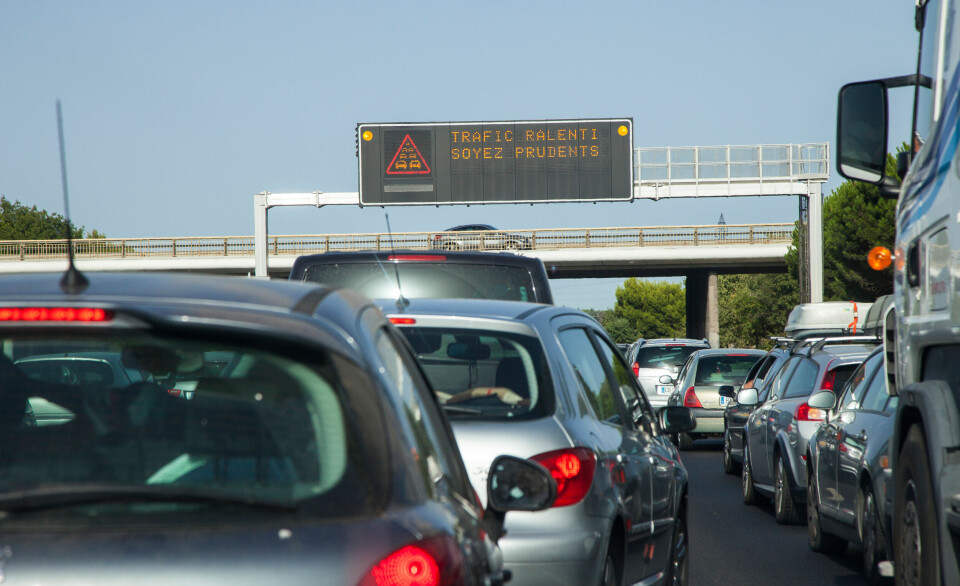-
Portuguese man o’ war sightings force French beach closures
Venomous species is often mistaken for jellyfish
-
Why some beaches and lakes are being closed in France
Affected sites include some in Landes and Lot-et-Garonne
-
€1 train tickets in France: budget travel to beach resorts draws crowds
Hundreds of thousands of cut-price tickets are available on popular summer holiday routes in north and south
Have fun at the beach but beware currents
With around 150 deaths by drowning on French beaches last year, divided almost equally between the Mediterranean and Atlantic coasts, holidaymakers should beware the dangers and, if there are flags flying, do what they say.

Beaches on the Atlantic coast and parts of the Channel are notorious for strong waves and rip currents, caused by water rushing in and out of sand depressions called courants de baïnes.
The baïnes look like gentle pools, often facing south but shift continually. Families use them, but in rising or falling tides the water rushes out creating a rapid and deep current that can drag unwary swimmers far out to sea. Weak swimmers should avoid swimming near them.
Baïnes can be spotted as calm pools on open sand with a deeper looking colour channel to sea that often has no waves breaking in it.
In early July a teenager died when swept out to sea while swimming near the pier in Dunkirk. Baïnes can form near piers as waves come in to shore and water and gravity find the easiest way out again, creating the fastwater channel beside a pier where there is no other route.
Deaths are caused when people exhaust themselves trying to swim back to shore against the current but lifeguards say to swim parallel to or along the shore out of the current.
Main beaches have lifeguards who put up safety flags when on site. Green is for safe swimming, yellow means swim with care but lifeguards are present and red is for no swimming. Ignoring a red flag means a €38 fine (or worse).
Lifeguard services run by the CRS police maîtres nageurs sauveteurs operate in the main resorts in the school holidays until September 2 with increasing use of seasonal civilian staff.
This year there are 297 CRS-MNS in 65 communes (down from 100 in 2016). Lacanau lifeguard Cyril Lambert, who is also UNSA Police union spokesman, said they were happy to have kept the same numbers as last year, especially as each beach has two armed officers.
But he added: “We need more police to guarantee optimum security. We cannot skimp on the means to guarantee safe swimming.”
Jean-Michel Lapoux, of civilian Fédération des Maîtres-Nageurs Sauveteurs, said: “President Macron wants to use the CRS for other things. Almost all of the lifeguards are now seasonal workers employed by the municipalities.”
In 2017 CRS saved 1,662 people and helped 44,923. Being police, there were also 405 arrests for drugs and 12 for sexual offences.
























